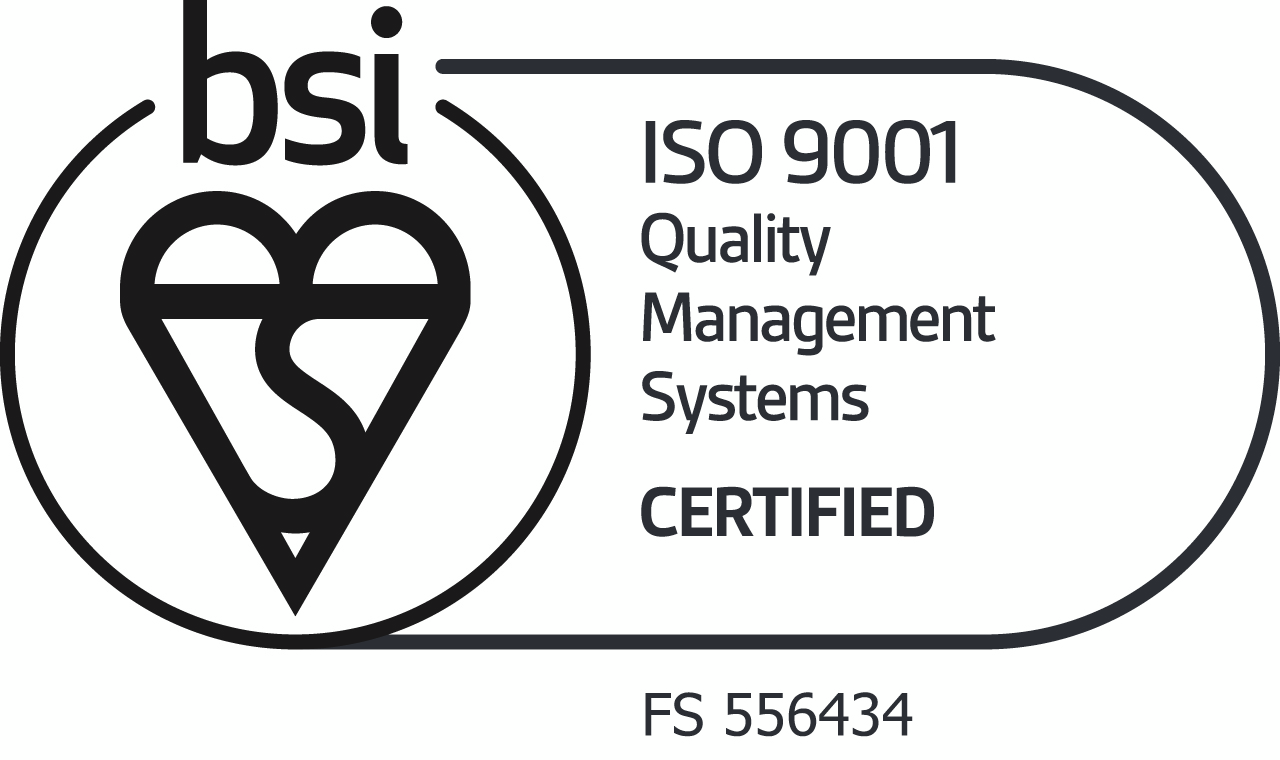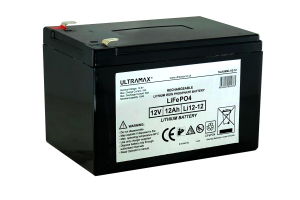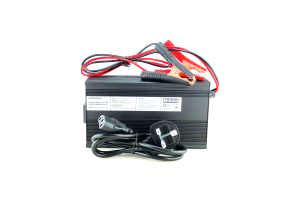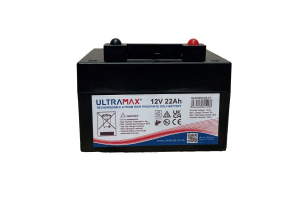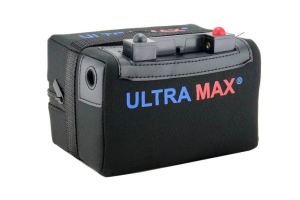Sealed Lead-Acid Batteries (SLAs): A Sustainable Power Solution for Modern Applications
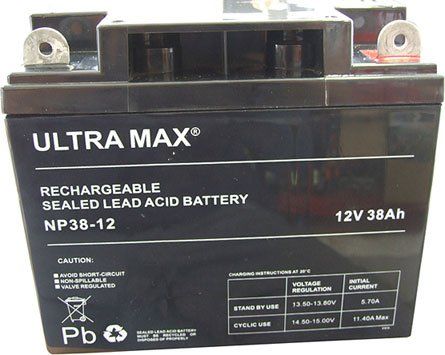
Sealed Lead-Acid Batteries (SLAs): A Sustainable Power Solution for Modern Applications
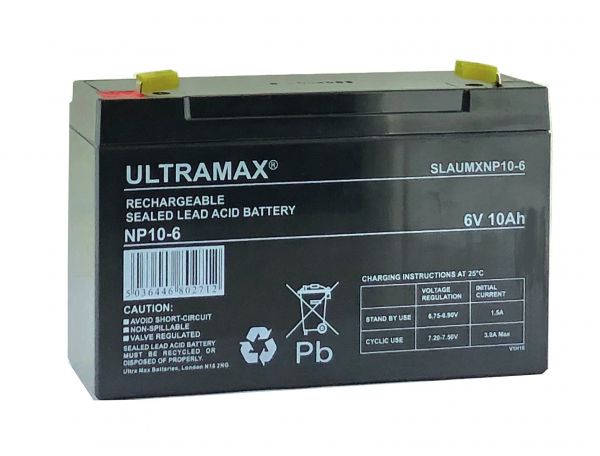

Introduction:
Sealed Lead-Acid batteries (SLAs) are the unsung heroes of the energy storage world. These powerhouses have been quietly revolutionizing how we store and use energy across various industries. In this comprehensive guide, we'll dive deep into the world of SLAs, exploring their evolution, benefits, and why they remain a top choice for sustainable power solutions in 2024.
The Evolution of Sealed Lead-Acid Batteries (SLAs)
Sealed Lead-Acid batteries have come a long way since their inception. Originally developed as an improvement over traditional flooded lead-acid batteries, SLAs have undergone significant advancements. The journey of SLAs began with the need for a maintenance-free alternative to conventional batteries. Over the years, innovations in electrode design, electrolyte composition, and manufacturing processes have led to SLAs with improved energy density, longer lifespans, and enhanced cycling capabilities.
Key milestones in SLA evolution include:
Introduction of valve-regulated designs
Development of absorbed glass mat (AGM) technology
Advancements in gel electrolyte formulations
Improvements in plate composition for better performance
Today, modern SLAs offer reliable power in a compact, sealed package, making them ideal for a wide range of applications.
Why Choose Sealed Lead-Acid Batteries (SLAs)?
Sealed Lead-Acid batteries offer numerous advantages that make them stand out in the energy storage landscape:
Cost-effectiveness: SLAs provide an excellent balance of performance and affordability, making them accessible for various applications.
Robust construction: These batteries are built to withstand harsh environments and can operate in a wide temperature range.
Low maintenance: Unlike their flooded counterparts, SLAs require minimal upkeep, reducing long-term costs and labor.
Versatility: SLAs can be used in multiple orientations without risk of leakage, increasing their application flexibility.
Reliable performance: With a low self-discharge rate, SLAs provide consistent power over extended periods.
Safety: The sealed design eliminates the risk of acid spills and reduces gas emissions during charging.
Recyclability: SLAs are highly recyclable, contributing to their environmental sustainability.
These advantages have contributed to the widespread adoption of Sealed Lead-Acid batteries across various sectors.
Sealed Lead-Acid Batteries (SLAs) in Action:
Telecommunications: Providing backup power for cell towers and communication equipment.
Renewable Energy: Storing energy from solar and wind systems for off-grid applications.
Uninterruptible Power Supplies (UPS): Ensuring continuous power for data centers and critical infrastructure.
Emergency Lighting: Powering exit signs and emergency lighting systems in buildings.
Medical Equipment: Supplying reliable power for portable medical devices and backup systems in hospitals.
Electric Vehicles: Powering electric wheelchairs, golf carts, and other small electric vehicles.
Marine Applications: Providing starting and deep-cycle power for boats and marine equipment.
The versatility of Sealed Lead-Acid batteries makes them indispensable across these diverse applications.
Types of Sealed Lead-Acid Batteries (SLAs):
Which One Is Right for You? Not all SLAs are created equal. We'll break down the different types of Sealed Lead-Acid batteries, including AGM and gel variants, helping you choose the perfect SLA for your specific needs.
There are two main types of SLAs:
Absorbent Glass Mat (AGM) Batteries:
Electrolyte is absorbed in a glass mat separator
Excellent performance in high-rate discharge applications
Lower internal resistance for better power delivery
Ideal for UPS systems, emergency power, and renewable energy storage
Gel Batteries:
Electrolyte is mixed with silica to form a gel
Superior deep cycle performance
Better tolerance to high temperatures
Excellent for marine applications and off-grid power systems
Choosing between AGM and gel SLAs depends on your specific application requirements, including discharge rate, depth of discharge, and operating environment.
The Science Behind Sealed Lead-Acid Batteries (SLAs)
Understanding how SLAs work helps appreciate their reliability and efficiency:
Chemical Reaction: SLAs operate through a reversible chemical reaction between lead plates and sulfuric acid.
Charge/Discharge Cycle: During discharge, lead and lead dioxide convert to lead sulfate. This process reverses during charging.
Pressure Regulation: A valve regulates internal pressure, allowing gases to recombine into water, minimizing water loss.
Low Self-Discharge: SLAs lose only about 3% of their charge per month at room temperature, ensuring long shelf life.
This efficient design allows SLAs to provide reliable power in various conditions, from extreme cold to high heat.
Maximizing Your Sealed Lead-Acid Batteries (SLAs):
Maintenance Tips While SLAs are known for their low maintenance, proper care can significantly extend their lifespan. Maintenance Tips While SLAs are low-maintenance, proper care extends their lifespan:
Proper Charging: Use the correct voltage and avoid overcharging.
Regular Inspections: Check for signs of damage or corrosion.
Clean Connections: Keep terminals clean and tight for optimal performance.
Temperature Control: Store and operate SLAs within recommended temperature ranges.
Avoid Deep Discharges: Don't let the battery discharge below 50% capacity regularly.
Equalization Charges: Perform periodic equalization charges for flooded SLAs to prevent stratification.
Following these tips ensures your Sealed Lead-Acid batteries perform optimally for years.
SLAs vs. The World:
How Sealed Lead-Acid Batteries Compare to Other Technologies In a world of evolving battery technologies, where do SLAs stand? We'll compare Sealed Lead-Acid batteries to other popular options, highlighting where SLAs shine and why they remain a go-to choice for many applications.
When compared to other battery types:
Lithium-Ion: SLAs are more cost-effective and have a more established recycling infrastructure.
Nickel-Cadmium: SLAs don't suffer from memory effect and are more environmentally friendly.
Nickel-Metal Hydride: SLAs offer better performance in high-rate discharge applications.
While each technology has its place, SLAs continue to be preferred for their reliability, cost-effectiveness, and versatility in many applications.
Sealed Lead-Acid Batteries (SLAs):
Powering a Greener Future Explore how SLAs contribute to environmental sustainability. From their recyclability to their role in renewable energy systems, Sealed Lead-Acid batteries are playing a crucial part in our green energy future.
Recyclability: Over 95% of a lead-acid battery can be recycled, reducing waste and conserving resources.
Renewable Energy Support: SLAs play a crucial role in storing energy from solar and wind systems.
Long Lifespan: With proper care, SLAs can last for years, reducing the need for frequent replacements.
Energy Efficiency: Modern SLAs offer improved energy efficiency, reducing overall power consumption.
By choosing SLAs, you're not just selecting a reliable power source, but also contributing to a more sustainable energy future.
The Future of Sealed Lead-Acid Batteries (SLAs):
What's Next? As we look ahead, what does the future hold for SLAs? We'll discuss emerging trends and innovations in Sealed Lead-Acid battery technology, and how these advancements are set to reshape the energy storage landscape.
Improved Energy Density: Research is ongoing to increase the power-to-weight ratio of SLAs.
Enhanced Cycling Performance: New additives and designs aim to improve the deep cycle capabilities of SLAs.
Smart Battery Management: Integration with IoT technologies for better monitoring and maintenance.
Faster Charging: Developments in electrode materials may lead to reduced charging times.
These advancements ensure that Sealed Lead-Acid batteries will remain a relevant and competitive energy storage solution in the years to come.
Conclusion:
Sealed Lead-Acid batteries (SLAs) have proven themselves time and again as reliable, efficient, and sustainable power solutions. As we've explored in this guide, their versatility, durability, and continuous technological improvements make them an excellent choice for a wide range of applications. Whether you're in telecommunications, renewable energy, or any industry requiring dependable power storage, SLAs offer a tried-and-true solution that continues to evolve with our changing energy needs. By choosing SLAs, you're not just selecting a battery – you're investing in a sustainable, efficient, and proven power source for the future.
Explore our range of UltraMax LiFePO4 Batteries!





